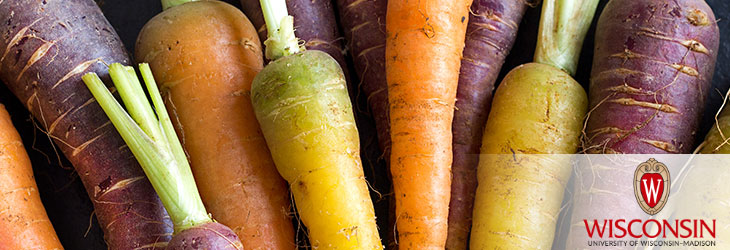Animals, Agriculture & Food

Isolation And Characterization Of Novel Tissue-Specific Promoters In Maize
WARF: P220211US02
Inventors: Heidi Kaeppler, Nathaniel Schleif
The Invention
UW researchers have identified and characterized a set of tissue-specific, maize promoters. To identify these promoters, the researchers combed through gene expression datasets, flagging genes expressed in a specific tissue and nowhere else. They removed candidates that had inconsistent expression or long-range activating regions, as those are difficult to clone. They further curated the list to only include genes with official names or that had been identified in an existing database. The researchers inserted the candidate promoter sequence upstream of a GUS reporter gene. They identified where tissue specific expression occurred by monitoring the levels of GUS expression in the maize plant. The four promoter sequences control gene expression specifically in leaf, embryo, or in root tissue.
The researchers cloned the 2000 BP region upstream of the gene and inserted those nucleotides in front of a gene encoding the GUS reporter enzyme. The promoter-GUS gene construct was transformed into the maize inbred line LH244. Surveying the plant for GUS protein allowed the researchers to identify where in the plant the gene was being expressed. The promoters that were disclosed only showed expression in a single tissue: two were positive for leaf specific expression (ris2 and lhcb10), one was positive for root specific expression (Php20719a), one was positive for embryo specific expression (Nas2).
Tech Fields
For current licensing status, please contact Emily Bauer at [javascript protected email address] or 608-960-9842